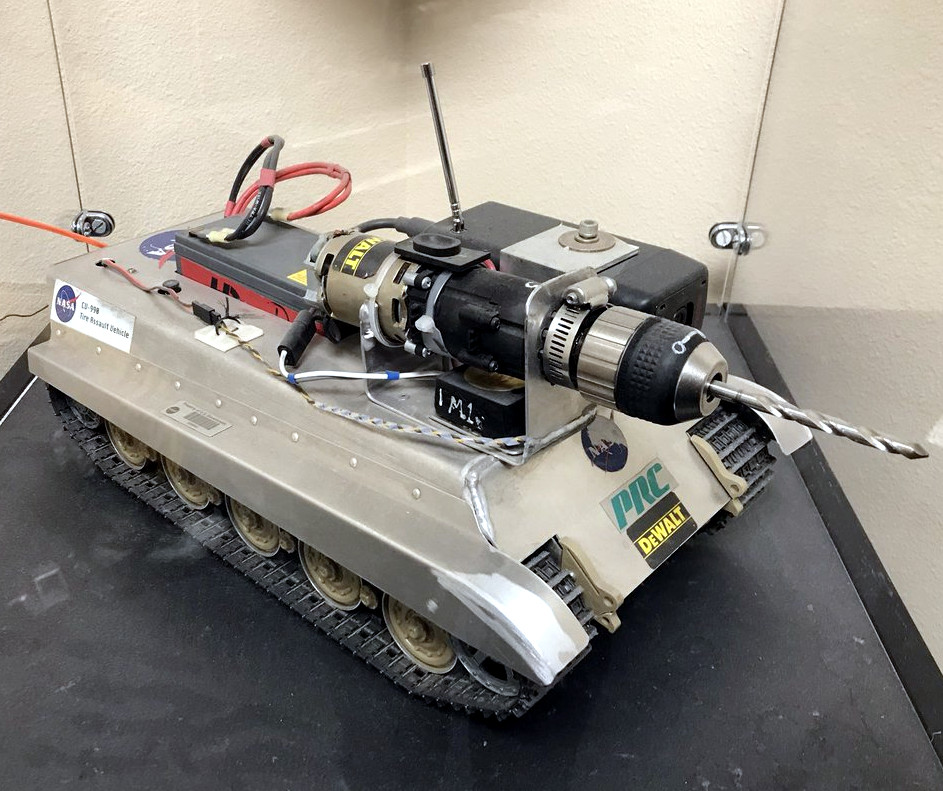That Time NASA Built a Tiny Tank to Pop Shuttle Tires [Hackaday]

The Space Shuttle has often been called the most complex pieces of machinery ever built, an underhanded compliment if there ever was one. But it’s a claim not strictly limited to the final spacecraft. With a project as far ahead of the technological curve as the Shuttle was in the 1970s, nearly every component and system of the legendary spaceplane required extensive research and development to realize.
A case in point is that the speed and mass of the Shuttle at touchdown required tires that could survive forces far beyond that of a normal airplane. Pumped up to an incredible 350 psi, the space agency estimated each tire had the explosive potential of two and one-half sticks of dynamite. So while testing landing gear upgrades in the 1990s, they cobbled together an RC tank that could “defuse” a damaged tire remotely by drilling holes into it and letting off the pressure.

As explained in a recent article on Tank Historia, the CR-990 Tire Assault Vehicle (TAV) was built by NASA contractor [David Carrott] out of a 1/16 scale Tamiya RC Tiger II tank. The toy provided the lower hull and locomotion components, and an upgraded deck and side skirts were fabricated out of metal. In place of the turret, the modified Tiger carried an off-the-shelf DeWalt drill motor with a 3/8-inch bit in the chuck.
There was also a camera and video transmitter which gave the operator a first-person view of the action; an expensive proposition in the 1990s. While the average Hackaday reader could probably rig up their own TAV today for a hundred bucks and the contents of their parts bin, back then, it cost the taxpayers around $3,000. Though to be fair, that was peanuts compared to the six-figure bomb disposal robot that NASA had been using previously.
More than a decade after its retirement, the Space Shuttle is still inspiring future engineers and scientists. While its complexity arguably kept it from hitting many of the program’s original design goals, the iconic winged spacecraft will forever be remembered as one of the most important milestones on humanity’s journey to the stars.

![that-time-nasa-built-a-tiny-tank-to-pop-shuttle-tires-[hackaday]](https://i0.wp.com/upmytech.com/wp-content/uploads/2023/11/153306-that-time-nasa-built-a-tiny-tank-to-pop-shuttle-tires-hackaday.jpg?resize=800%2C445&ssl=1)